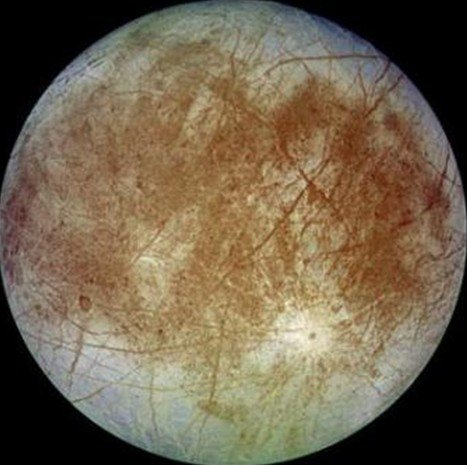This is Scientific American — 60-Second Science. I’m Steve Mirsky.
"And this mission would be NASA’s first mission that is directly tasked with searching for signs of life on another world since the Viking Spacecraft were given that task back in the 1970s on the surface of Mars."
Kevin Hand of NASA’s Jet Propulsion Laboratory.
"We talk about finding, searching for signs of life on some of these ocean worlds, and in particular these geologically active ocean worlds with rocky seafloors like Europa."
Hand spoke February 17th at the annual meeting of the American Association for the Advancement of Science in Boston. He’s the deputy project scientist for the Europa mission, which plans to send a lander to the ice-covered moon of Jupiter.
"We’re talking about environments where life could be alive today...so these ice shells may serve as a window into the oceans below and oceanic material may be coming up to the surface. Where a mission like a lander could actually sample that material directly...and I’m the pre-project scientist for this mission. This is a mission that would reach the launch pad in the 2024–2025 time frame, it would land on Europa’s surface and operate for about 20-plus days."

The instrumentation that gets sent to Europa needs to be recognize signs of life in minute amounts.
"A picomole of organics per gram of sample is one key requirement. Being able to detect cell number abundances to as low of a level as 100 cells per milliliter of ice acquired from Europa’s surface. We reached that benchmark by comparison to subglacial Lake Vostok here on Earth. And the size that the microscope in the model payload would need to be able characterize is down to a 0.2 micron diameter for any putative organisms collected in a surface sample of Europa. This mission is a bold, very exciting mission that marks NASA’s return to the direct search for life via in situ capabilities on a potentially inhabited ocean world beyond Earth."
Thanks for listening for Scientific American — 60-Second Science Science. I’m Steve Mirsky.












